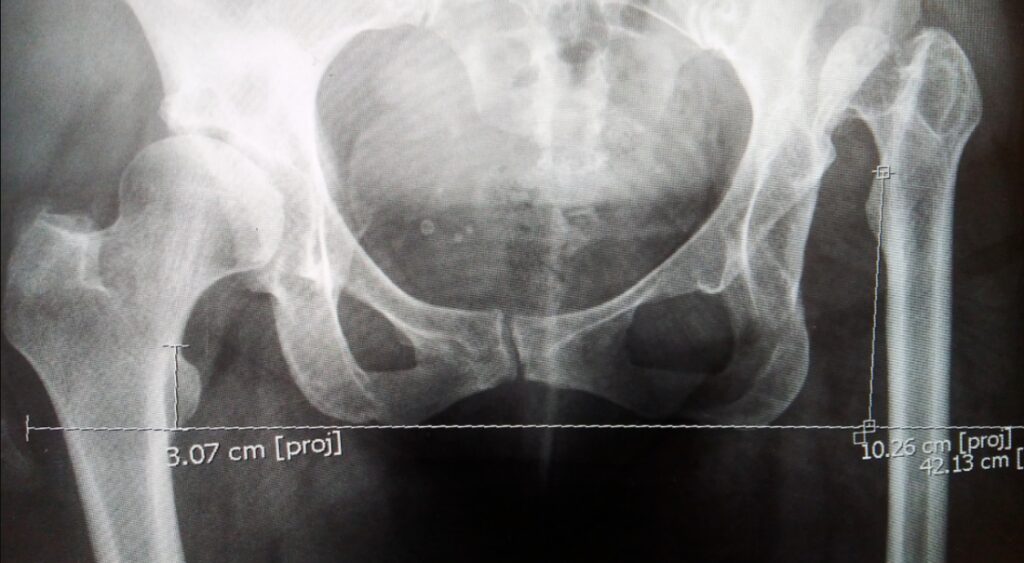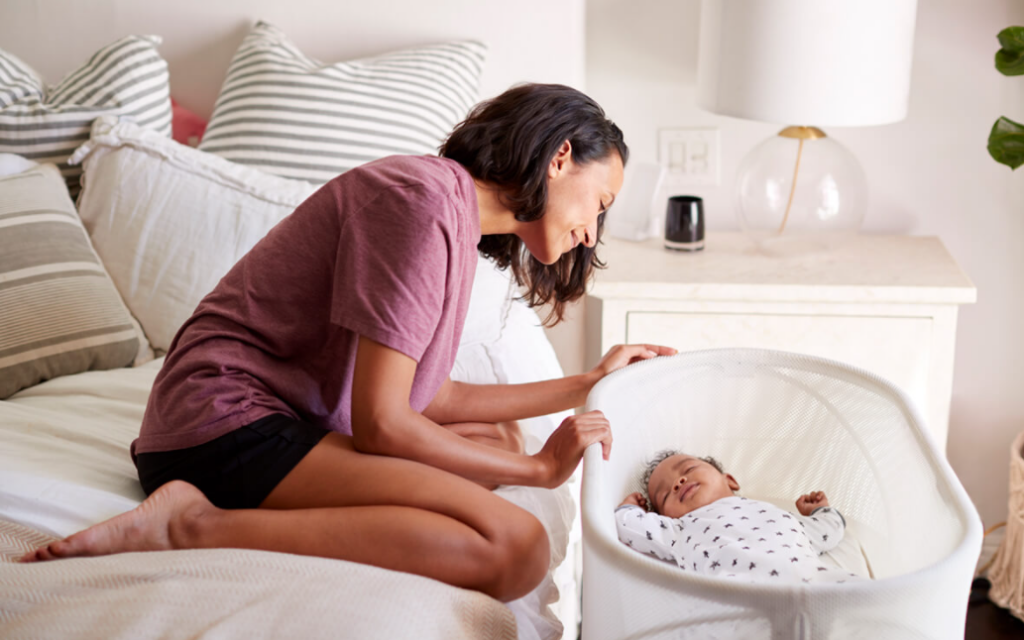What happens when you bring home your newborn baby who has hip dysplasia? What should you expect from your doctor?
The most common type of hip disorder is known as developmental dysplasia of the hip (DDH). DDH is caused by the incomplete formation of bones in the hip area.
This condition affects infants and young children who cannot walk properly because of pain in the affected leg. Medical Report shows the condition affects around 1 in 1000 babies born each year.
In severe cases of hip dysplasia, the ball part of the femur doesn’t fit snugly inside the socket of the hip bone. It causes the thigh bone to tilt and the knee joint to become unstable.
As a result, the baby often walks on their toes instead of their heels. Other symptoms include difficulty moving around, catching colds quickly, and limping.
You might be worried about bringing your new baby home with hip dysplasia. There are things you can do to prepare for your baby’s arrival. If you want to know more about what to expect, read our article below.
How Do You Know if Your Baby Has Hip Dysplasia?

The first step to finding out whether your baby has hip dysplasia is to see your GP (General Practitioner). They will ask questions such as:
- Have you ever had an ultrasound scan done on your baby before birth?
- Do you have any family history of hip problems?
- Are there any other medical conditions that affect your baby’s health?
Your doctor may also perform a physical examination which includes checking your baby’s limbs and joints for signs of abnormality. It is important to note that not all babies with hip dysplasia show symptoms. Some people don’t even realize they have it until after their baby is born. A hip ultrasound in babies is one ways to check and confirm it or not the baby has Hip Dysplasia
If your baby shows any signs of hip dysplasia, they will need treatment so that their hips usually develop. Treatment options include:
Surgery
In some cases, surgery is required to fix the problem. Surgery means that your child will need to stay in the hospital while doctors repair the hip joint.
Physiotherapy

Physical therapy can help improve mobility in your baby’s hips. It involves exercises designed to strengthen muscles, increase range of movement, and maintain good posture.
Bracing
Braces are used to support your baby’s hips and lower back. They provide extra support to the hip during exercise.
A brace helps prevent further injury by supporting the hips and pelvis when walking or exercising. A physiotherapist will advise how long you need to wear them.
A specialist orthopedic surgeon will decide if your baby needs surgical intervention. If you choose to go ahead with this option, your baby will need to be admitted into the hospital for up to two weeks. During this time, your child will be given anesthesia to make them numb. After surgery, your child will spend several days recovering in the hospital.
Once your baby is discharged from the hospital, they will be fitted with a specialized orthosis. The baby should have it on for 24 hours per day for six months. The orthosis provides continuous support for the hips and helps correct abnormal gait patterns.
However, Bringing Home Your Newborn with Hip Dysplasia should not scare you off! As long as you and your baby are healthy, you shouldn’t face any problems.
Below are some of home-care you should consider:
- Keep your legs straight and hold your baby securely with both hands when carrying your baby. Avoid bouncing your baby as this can cause them to lose balance.
- Don’t carry your baby over uneven surfaces. Walk carefully and slowly.
- Avoid putting too much pressure on your baby’s head, neck ,and shoulders.
- Keep your baby warm. Make sure that they have enough blankets and clothes.
- Keep your baby’s crib clean and tidy with more petite pillows and stuffed animals.
- Make sure that your baby sits upright in their high chair.
- Give your baby plenty of opportunities to practice standing and sitting. They may take longer to learn these skills, but they will last a lifetime once mastered.
If you think your baby could benefit from an orthotic device, speak to your pediatrician about getting one. Orthotics devices are available online, and you can also find them in specialty stores but ensure you consult with the family doctor or the pediatrician.
Home Care for a Newborn Baby with Braces

Newborns with hip dysplasia need extreme caution when handling them to ensure that they mend fast and efficiently without aggravating the damage. When it comes to newborns with Hip Dysplasia, there are a few things that parents should keep in mind, as discussed below:
- Changing braces for a newborn with Hip Dysplasia is easy and quick. Parents have to pull back the straps to loosen them. Once loosened, parents then slide the new ones under the old ones. Then it is just a matter of tightening the straps again to secure them. Keeping your newborn’s brace clean and dry is very important. You can use cotton baby bibs or some cotton balls soaked in alcohol wipes. Make sure you do not sticky like nail polish in the brace.
- You should check your newborn’s diaper every morning before changing diapers. Also, change the dressing daily. Change it routinely when it gets wet the way you would with the cotton baby bibs. It is best to avoid using water to wash the bandage, leading to swelling.
- Parents should always supervise their babies while wearing the brace. Babies tend to move around more when they are awake than when sleeping. They may bump into things and fall if left unattended.
- Parents should be careful when bathing their babies to don’t get hurt. Bath time should only be done after taking off the brace.
- Babies may start crawling at any time during their first year of life. The brace should be removed whenever your baby starts walking.
- Once your child reaches six months of age, you may need to consider having him fitted for a harness. A harness helps to prevent falls while walking.
In conclusion, it is essential to note that it is important to remember that your baby won’t always have hip dysplasia. When your baby starts crawling, walking, and running, they will get stronger and move around much better than before. So, it is likely that your baby will stop wearing the braces at approximately 12-18 months old.

